Leading manufacturers reveal how cross-functional collaboration, real-time data and advanced automation are strengthening agility and flexibility across assembly lines, with lessons from Bosch, BorgWarner and Renishaw

Futureproofing factories is not merely about installing new technology. It is about rethinking how people, processes and data come together to create production systems that adapt faster than the markets they serve. That was the consistent message across the AMS livestream session on agility and flexibility, where leading suppliers Bosch, BorgWarner, ISA and Renishaw discussed how collaborative engineering, digital tools and organisational culture are reshaping the way automotive factories operate.

As Dr Hanns Bernd Ketteler, executive vice president of operations at Bosch Mobility America, put it, “To grow profitably, we need to be excellent in operations in any field and in manufacturing and the entire supply chain. Excellence is another key topic.”
For Bosch, achieving that means investing in talent and digitalisation across its dozen North American production sites, while emphasising speed, integration and information sharing across all functions.
Cross-functional teams and EV lines boost flexibility in manufacturing
The livestream, hosted by AMS editor Nick Holt and featuring a panel of seasoned manufacturing experts, echoed Ketteler’s call for cross-functional collaboration as a foundation of production flexibility. “The earlier we start with bringing the teams together in multifunctional SE teams, and the better we share information, the faster we are and the less mistakes we are doing,” Ketteler explained. “Wherever we install these systems… we see significantly better performance.”
This systems thinking was echoed by Trent Randles, engineering manager for transfer case assembly and operational excellence at BorgWarner, who contrasted siloed design-launch handovers with BorgWarner’s integrated approach.
”Our strategy is to keep different products separate… that way we have much more control over the process”
- Trent Randles, Engineering Manager - Transfer Case Assembly & Operational Excellence, BorgWarner
“The same group of people that are designing and developing the assembly line and the processes also have to maintain it,” said Randles. “They’re drawing on lessons learned… and when you launch it, there’s a lot less mistakes.”

Randles’ site in Seneca, South Carolina, recently added battery module assembly alongside traditional transfer case production. Rather than mixing lines, the team set up dedicated space and maintained separate processes.
“Our strategy is to keep different products separate… that way we have much more control over the process,” said Randles, reflecting the balancing act between flexibility and complexity in mixed ICE and EV operations.
Flexible manufacturing needs cultural change and cross-team input
Across the board, panellists agreed that flexibility depends as much on people as it does on technology. Ryan Treece, global business development manager for data platforms and AI solutions at ISA, stressed the need for inclusive input. “The most successful deployments I’ve seen are when you have input from product design all the way to the maintenance team,” he said. “They’re the ones with the headaches… they know what doesn’t work.”
That bottom-up approach requires cultural change as well as leadership, said Dan Skulan, head of metrology solutions at Renishaw. “If you have production, quality, service and management at the same table talking politely and respectfully… you can tell pretty quickly whether you’re going to successfully implement it,” he said.

Indeed, cultural transformation was cited repeatedly as the difference between failed pilots and successful plant-wide adoption. That includes how external vendors are brought into the fold.
“We make it clear up front with vendors that we’re not hiring you to do a job, we’re partnering with you,” said Randles. “You’re part of the team from the start.”
Smarter HMIs and targeted AI need clean data and user focus
These principles are also extending into human-machine interfaces (HMIs) and AI deployment. Randles noted that his team uses HMIs to provide operators with real-time feedback on machine performance, cycle times and fault guidance. The key is to tailor the information for different users – production, maintenance, engineering – and continuously refine what data is shown and how it is gathered.
”Five years ago, the mindset was to dump all the data into the cloud and let some fancy future AI algorithm figure it out and find the needles in the haystack. Now we know which needles we’re looking for…
- Ryan Treece, Global Business Development Manager - Data Platform & AI Solutions, ISA
Treece elaborated on the importance of usability and precision. “Sometimes AI can get too tight and you end up with alert fatigue,” he said. “Operators stop trusting the alarms. You need to fine-tune what’s shown and when.” As AI tools become more powerful, the need for clean, meaningful data becomes ever more essential.
Skulan emphasised that “accurate, actionable information” is the linchpin. “You need to characterise the equipment correctly… If you know your CNC machine has 3,000ths of an inch of error, and that’s factored in, you can still produce good parts. But you have to know that.”
See Flexibility in Action – Detroit, October 22-23
This mindset will be on full display at Automotive Manufacturing North America 2025, where speakers including Bosch’s Dr Hanns Bernd Ketteler and BorgWarner’s Trent Randles will join leaders from GM, Ford, Toyota, VW and more.
Join them at The Henry Hotel, Detroit, October 22-23
Targeted AI and brownfield upgrades enable adaptive production

This focus on specificity extends into AI’s use in predicting and adapting to operator behaviour, environmental conditions and equipment wear. Treece cited a case where climate conditions affected adhesive performance in an uncontrolled environment.
By integrating weather APIs with scheduling systems, the plant could adapt processes accordingly – a micro example of flexibility made possible by macro data integration.
“Five years ago, the mindset was to dump all the data into the cloud and let some fancy future AI algorithm figure it out and find the needles in the haystack,” Treece observed. “Now we know which needles we’re looking for. So why not just feed those particular data points in?”
This shift toward focused, problem-driven AI reflects a maturing approach to industrial digitalisation.
“Retooling has become more cost effective. We can often buy tooling or upgrade hardware rather than whole machines.”
- Trent Randles, Engineering Manager - Transfer Case Assembly & Operational Excellence at BorgWarner
Flexibility is a mindset, built on reuse, speed and shared goals
Flexibility is also about pace. “We don’t have years to plan and prep,” said Skulan. “We have months, sometimes weeks.” That imperative is leading to growing investment in brownfield upgrades over greenfield expansion. “Retooling has become more cost effective,” said Randles. “We can often buy tooling or upgrade hardware rather than whole machines.”
Renishaw, which supplies calibration systems for CNC equipment, has seen business “go through the roof” for assessing and repurposing existing machines. “There’s a big move toward reusing equipment,” said Skulan. “And with tariffs, it’s often more viable than shipping new assets in.”
Ultimately, futureproofing is less about knowing the future than preparing to meet it. “Leadership needs to be transparent about the project now, but also potential scenarios two, three, four years down the road,” said Randles. “That mindset makes you more flexible.”
Whether it is integrating battery pack assembly into a combustion-focused plant or digitising legacy lines with predictive analytics, the consensus from the livestream was clear. Flexibility is not a bolt-on. It is a behaviour. And that behaviour is most successful when shared across functions, powered by data, and anchored in mutual respect.

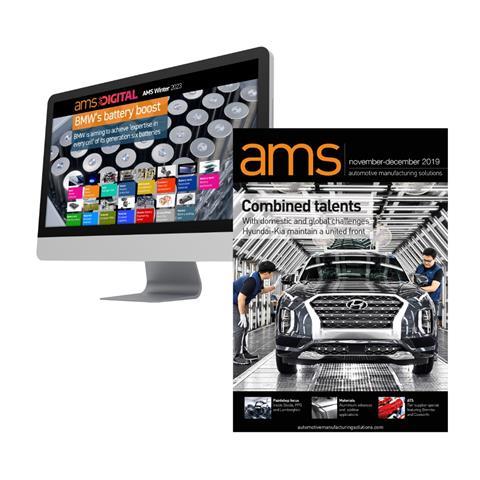


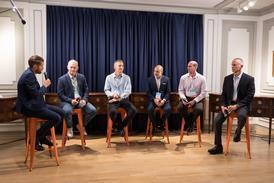


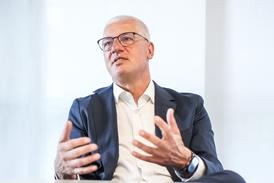



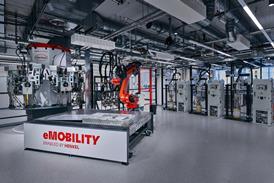



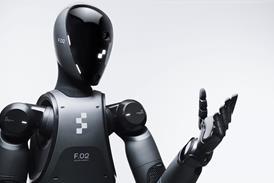
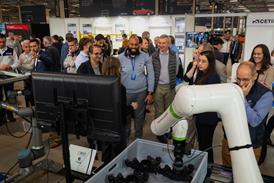

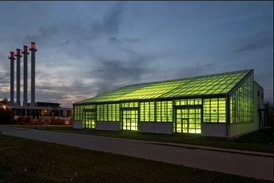
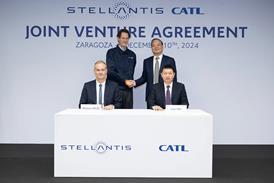
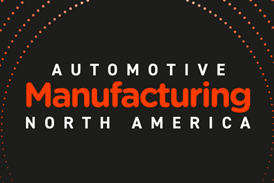
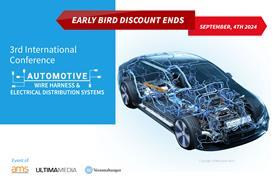

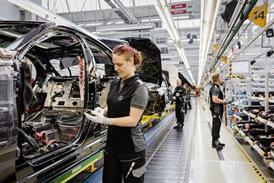

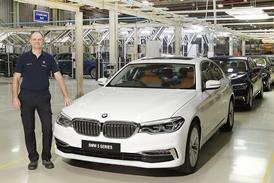
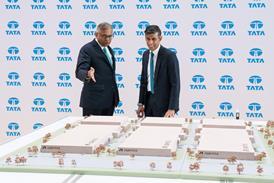

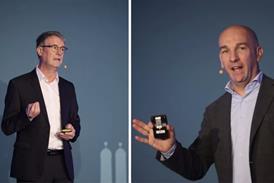
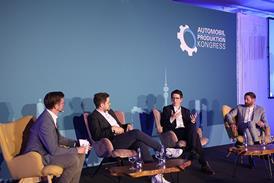


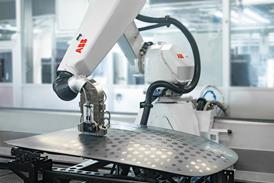
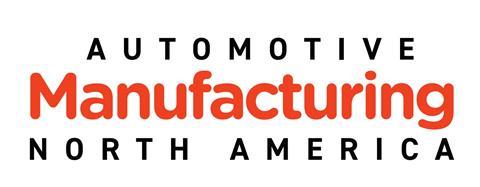
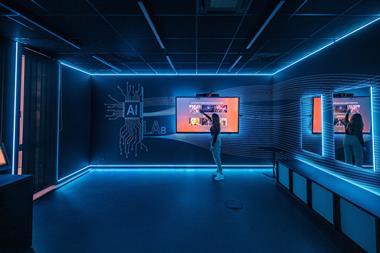



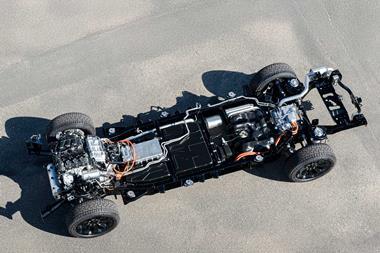




No comments yet